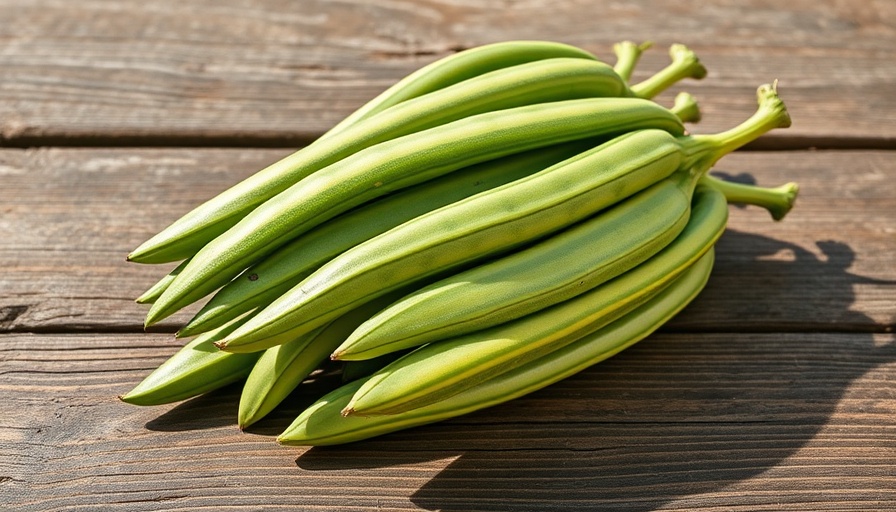
Understanding the Water Needs for Newly Planted Shrubs
Watering newly planted shrubs can be a delicate balancing act, especially during the crucial first year of growth, which lays the foundation for their future health. As you plan the layout of your garden, it’s essential to know how often to water your new shrubs so that they can thrive in your landscape. Factors such as variety, size, climate, and soil type will all play a vital role in determining the watering schedule.
The Critical Role of Watering in Establishing Roots
Why is watering important for young shrubs? The root system is where the plant absorbs necessary nutrients and moisture. A well-established root system will not only keep your plants healthy but also prepare them to withstand droughts and temperature extremes. When roots extend deep into the soil, they become less vulnerable to dry spells, insect pests, and severe cold. Proper watering helps promote rapid root spread, making it crucial to get this aspect of your shrub care correct.
The Influence of Soil Type on Watering Frequency
The type of soil surrounding your new shrub can significantly affect its watering requirements. For instance, poor quality, hardpan soil often leads water to run off rather than absorb, while rich, loamy soil retains moisture, making it a better choice for water-hungry plants. When assessing the watering needs, evaluate the soil quality and ensure it maximizes the moisture retention capability, thus allowing deeper root penetration over time.
Timing is Everything: Seasonal Planting Considerations
The particular season in which you choose to plant will also dictate how often you'll need to water. If you plant in the summer months, be prepared to increase your watering frequency due to heightened heat and potential drought. Conversely, spring plantings may benefit from seasonal rains. Fall planting, particularly for evergreens, requires careful attention to watering during warmer winter days to ensure survival through the colder months. Thus, tailoring your watering schedule according to seasonal variations and climate patterns is key to your shrubs' success.
Maximizing Water Efficiency with Targeted Irrigation
To improve water conservation, consider creating a basin around the new shrub. This berm will help retain moisture where it's needed, enabling deeper water penetration into the roots. Construct a three-inch-high berm around your plant's base with excavated soil, aligning its edge with the plant's canopy for optimal effect. Alternatively, consider targeted irrigation methods such as drip systems or soaker hoses that deliver a slow and consistent moisture supply directly to the roots, providing the shrub with the best opportunity to establish itself.
Best Practices for Deep Watering
Now that we know how often to water new shrubs, let’s discuss the best methods for doing it. Harsh overhead sprinklers can deliver uneven moisture; hence, a targeted approach with hose watering or a drip irrigation system is often more effective. Always measure the water flow to assess and maintain the appropriate quantity while watering. Regular monitoring will ensure that you are giving your new plants the best start possible.
Conclusion: Your Shrubs Deserve the Best Care
Watering new shrubs correctly is not just about survival; it is about ensuring they flourish for years to come. By tailoring your watering frequency to the plant type, soil, season, and utilizing effective watering techniques, you will help your new shrubs thrive. As you work on your garden, remember that the initial investment in proper care pays off with a vibrant and resilient landscape. So grab your watering can and give your shrubs the love they need!
If you found these insights helpful, don’t hesitate to further explore more gardening tips that can enhance your outdoor living experience. The right knowledge can transform your garden into a beautiful retreat.
 Add Row
Add Row  Add
Add 


Write A Comment